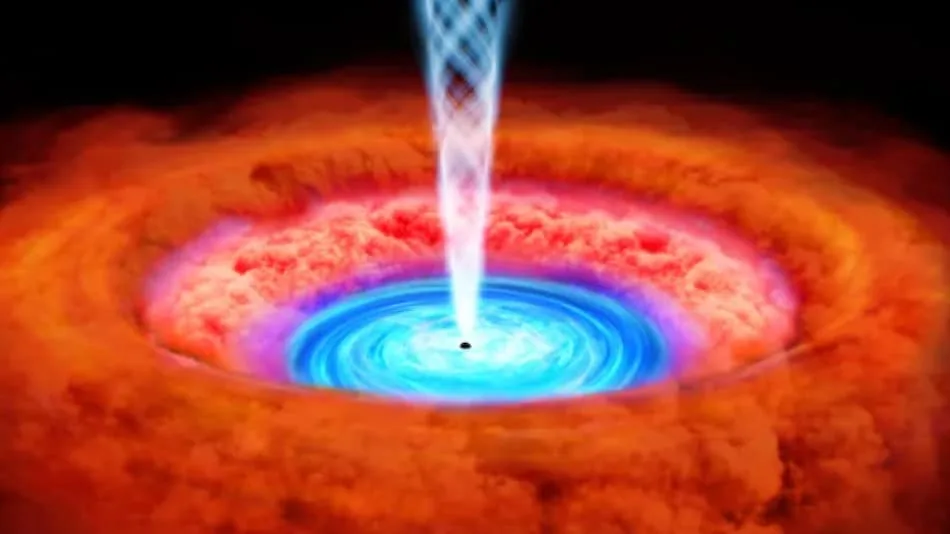Table of Contents
Japan’s XRISM Telescope Delivers Insights from a Supermassive Black Hole and a Supernova
XRISM’s recent observations reveal how black holes grow and provide insights into supernova remnants.

Photo Credit: JAXA
Japan's X-Ray Imaging and Spectroscopy Mission (XRISM) has delivered its first results
Highlights
- XRISM telescope shows how black holes consume surrounding matter
- It reveals supernova remnants’ plasma and movement in space
- Key insights into black holes and supernovae from XRISM’s first results
Less than a year since Japan's X-Ray Imaging and Spectroscopy Mission (XRISM) launched, it has delivered its first results, uncovering crucial information about black holes and supernova remnants. XRISM is a collaborative effort between the Japan Aerospace Exploration Agency (JAXA) and the European Space Agency (ESA). Its observations have revealed the structure, movement, and temperature of material surrounding a supermassive black hole and the dynamics of a supernova remnant. These findings mark a significant step in understanding the behaviour of the most extreme environments in the universe.
Supermassive Black Hole Findings
One of the mission's first targets was the supermassive black hole at the centre of the NGC 4151 galaxy, located 62 million light-years away, as per an ESA post. This black hole has a mass 30 million times that of the sun. The XRISM telescope observed the plasma swirling around it at a distance of about 0.1 light-years, moving inward to 0.001 light-years before falling into the black hole.
By focusing on the X-ray signature of iron atoms, scientists identified key structures around the black hole, such as the accretion disk and a surrounding gas and dust torus. This detailed observation has provided new insights into how supermassive black holes consume surrounding matter.
- A Wobble from Mars? It Could Be Dark Matter, Study Reveals
Supernova Remnant Discovery
XRISM also studied a supernova remnant, N132D, located in the Large Magellanic Cloud. This material was ejected by a massive star approximately 3,000 years ago. The telescope's observations revealed that the debris expanded in a non-uniform, donut-shaped structure, rather than the spherical shell previously thought.
The plasma is expanding at a speed of 2.6 million miles per hour, with a temperature of 10 billion degrees Celsius. These results offer critical clues about how elements formed in supernovae are spread throughout space and recycled into new stars. The initial results demonstrate the powerful capabilities of XRISM, with more discoveries expected from the 104 upcoming observation programs.
- Ancient Barracks Unearthed With Egyptian Pharaoh Inscribed Sword
- Chandrayaan-4 Mission Gets Approval, Will Return to Earth This Time

